One of the most significant restaurant trends in recent years has been industrial restaurant design.
Successful restaurants seek ways to stay ahead of their competition, and if you’re looking to jump on the industrial design bandwagon, this article is for you. Furthermore, by knowing what goes into industrial design, you’ll also get a better idea of what you’ll be seeing in your interior drafting.
Table of Contents
Introduction: What is Industrial Restaurant Design?
Industrial restaurant design involves fuss-free, no-frills decor similar to that found in factories, warehouses, and other industrial structures.
This means architectural details that are “stripped back,” such as steel fixtures, bare bricks, metal beams, salvaged or recycled materials, and wood, including millwork. Variations have also sprouted from industrial styles, including rustic, vintage, urban, and modern.
However, certain elements remain constant even among the variations: concrete walls, exposed brick, large windows (often floor-to-ceiling), weathered wood, exposed pipes, and distressed metal. There are also bare walls, subdued, earthy colors, and minimalist decorations.
Industrial decor and design have the additional advantage of requiring less renovation and upkeep. The distressed look is part of the charm, and many elements are deliberately exposed rather than hidden. Hence, the overall cost is reduced.
What are Industrial Design’s Origins?
There is no clear point at which industrial interior design “began,” but it is generally considered to have begun in the 20th century.
It evolved around the time that old but sturdy industrial structures, such as factories, were being converted into residential spaces as cities grew and space became more limited.
However, rather than obscuring or hiding the characteristics of those industrial spaces, architects, designers, and residents chose to draw attention to them. This was partly because it saved major construction and renovation.
8 Key Elements of Industrial Design for Restaurants
1. Earthy Color Palette
Think cool, neutral colors. You might go for grays, browns, off-whites, and earthy greens. (There are some exceptions, particularly in urban design, where you may see brightly colored furnishings that add an energy and vitality that appeals to a younger crowd.)
You can add color with plants, minimalist decor, and distressed-colored furniture. Accent colors in industrial design normally include rust or wood tones or vivid splashes of red, green, blue, or purple.
2. Specific Lighting
Pendant lighting is particularly suited to industrial restaurant design, as it brings a rustic charm and creates a warm atmosphere. You can also use iron or steel lamps and desk lamps with extensible arms, as well as exposed lightbulbs.
For a more comprehensive look into appropriate lighting, check out the main types of light and lighting fixtures.
3. Wooden Elements
Distressed or reclaimed wood adds warmth and charm to your restaurant. Consider using it for your chairs, tabletops, countertops, and floors. It helps to make the metal elements in industrial design seem less “sterile” and “cold.”
Wood can also add a sense of richness and intimacy. For example, you may want to try walnut bar stools.
Here’s how to choose the best wood type for your furniture. If you really want to stand out, go for millwork.
Recommended Reading:
4. Open Spaces
In industrial restaurant design, unused space is part of the look, feel, and utility. Hence, do not allow your space to feel overcrowded.
Avoid too many decorations and opt for a more minimalist look, including functional elements and clean lines. (Functional elements are considered part of the decor simply because they are displayed rather than hidden or obscured.)
You can prevent your restaurant from seeming overwhelmingly large and open with strategically placed furniture to break up the space.
5. Exposed Pipes, Ducts and Bricks
This is one of the signature elements of industrial design. Exposed elements add a lot of character to a space and amplify the urban/industrial look. Once again, they become decorative simply because you draw attention to them rather than conceal them.
Old pipes can also be incorporated into furnishings. They can be used to make tables, chairs, stools, and shelves.
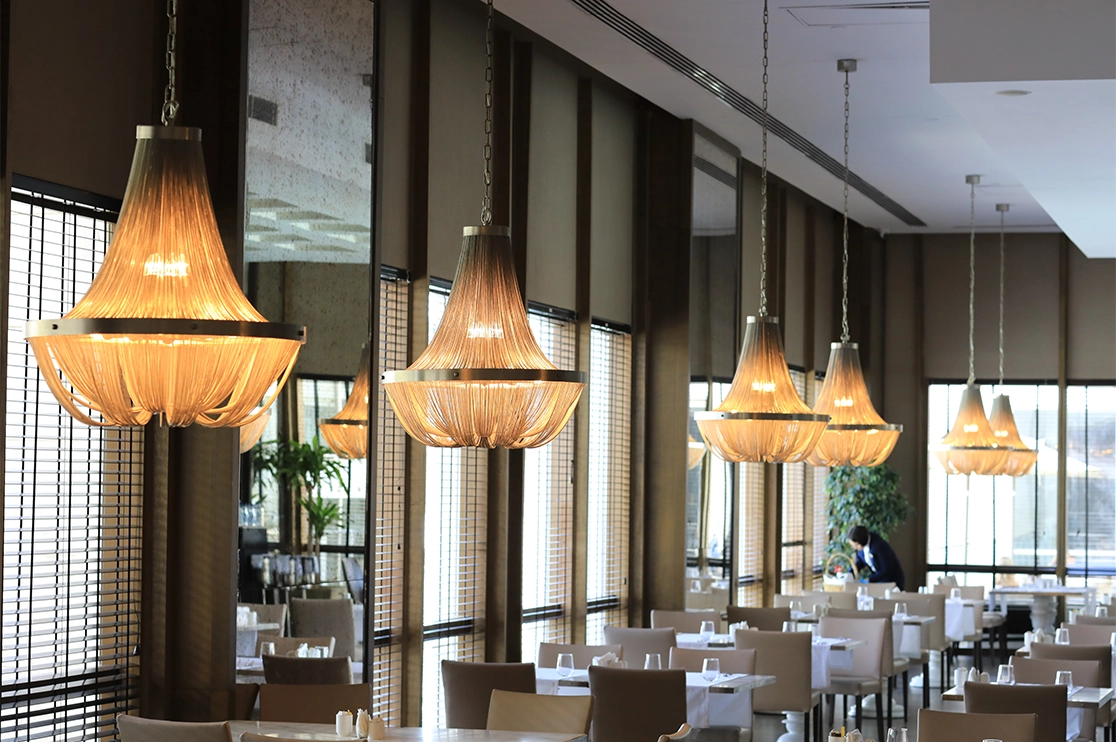
6. Cement
Cement can be used for floors, walls, and, somewhat less commonly, countertops. It is popular for its resistance to scratches, abrasions, fire, UV rays, and heat.
7. Mind the Finishes
Ideal fixture finishes for industrial restaurant design include brass, iron, chrome, copper, and glass.
8. Large, Bare Windows
Floor-to-ceiling windows are not uncommon in the industrial style. Often, these windows have no shade and include a metal framing. If you do wish to use a cover, we recommend that you go for a simpler roller shade.
Key Conclusion and Analysis
We hope this article has given you an insight into what restaurant industrial design involves.
If you require interior construction drawings for your restaurant or other project, BluEntCAD is just a click away. We serve homebuilders, custom home designers, real estate developers, and architectural and engineering companies for large—to medium-sized commercial, hospitality, and residential projects.
Ready to make your project a success with interior design drafting? Contact us now!
Maximum Value. Achieved.













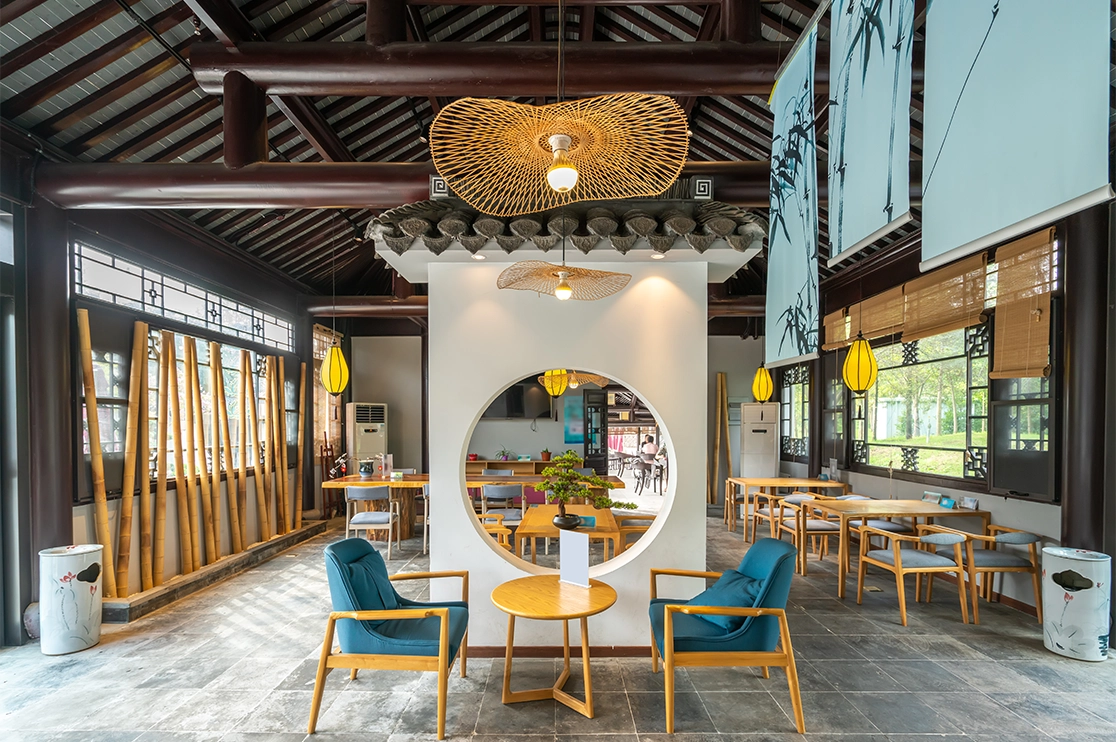

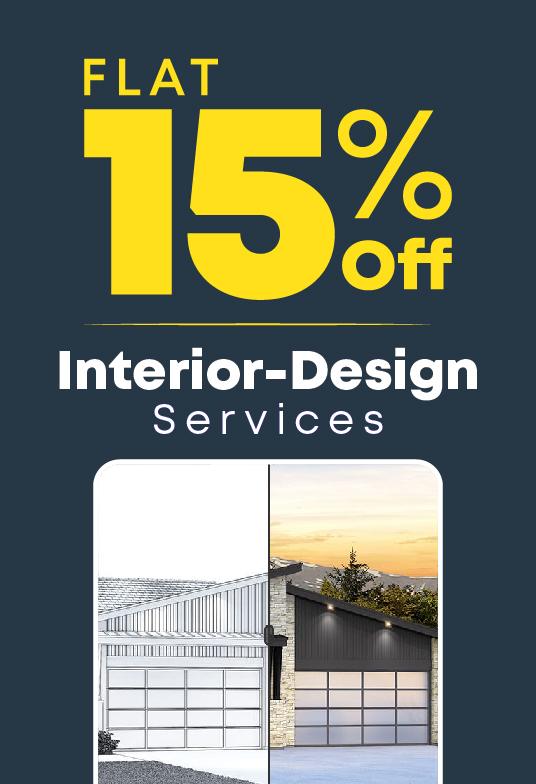
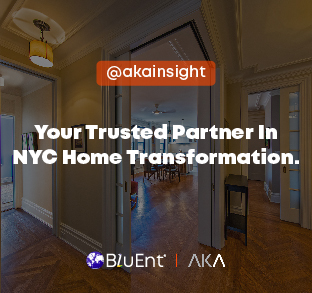

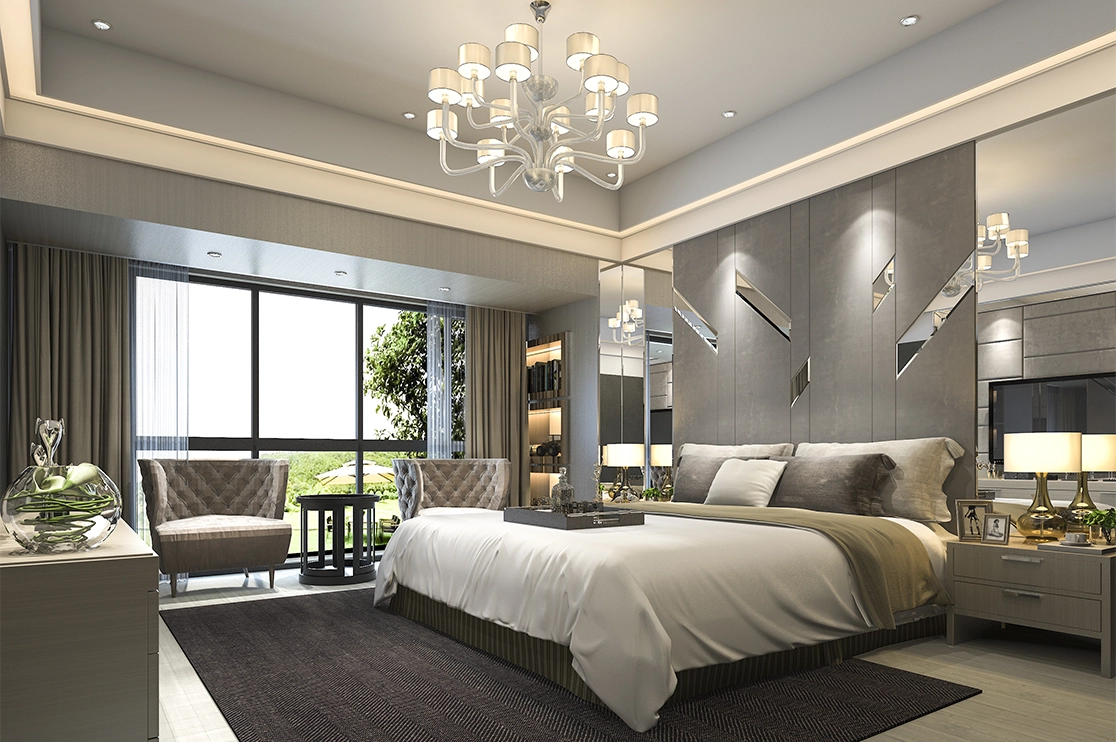 7 Best Paint Colors to Elevate Hotel Interior Design
7 Best Paint Colors to Elevate Hotel Interior Design 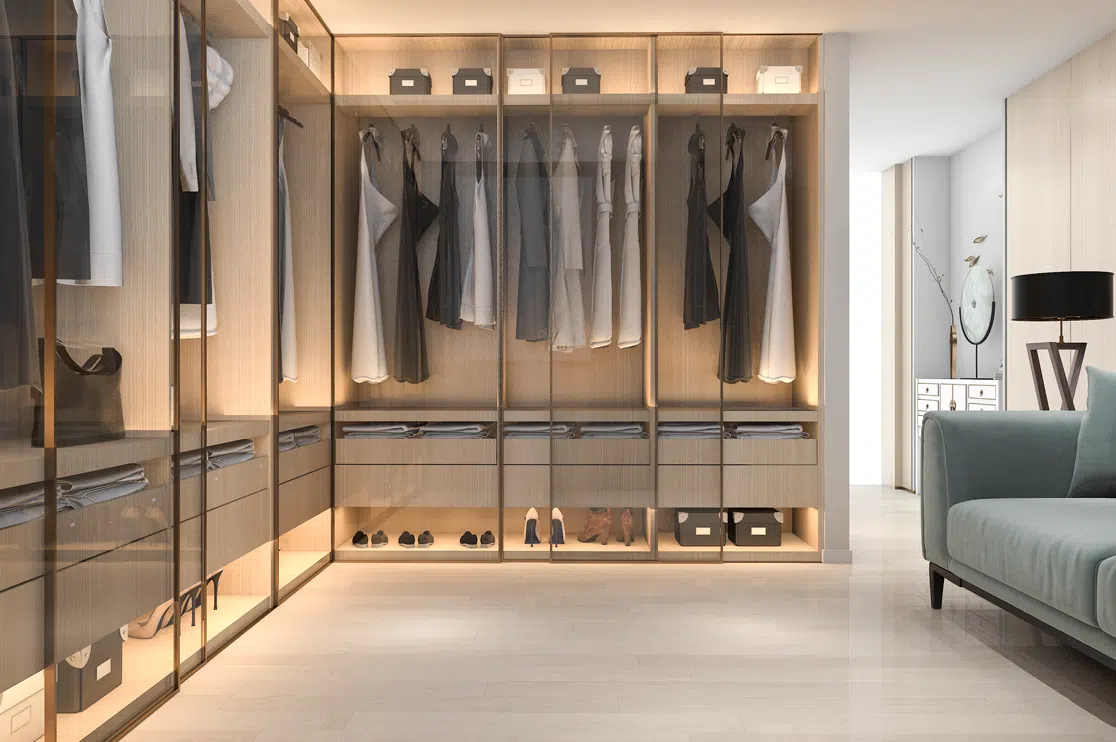 Best 3D Custom Wardrobe Designs for Your Bedroom
Best 3D Custom Wardrobe Designs for Your Bedroom 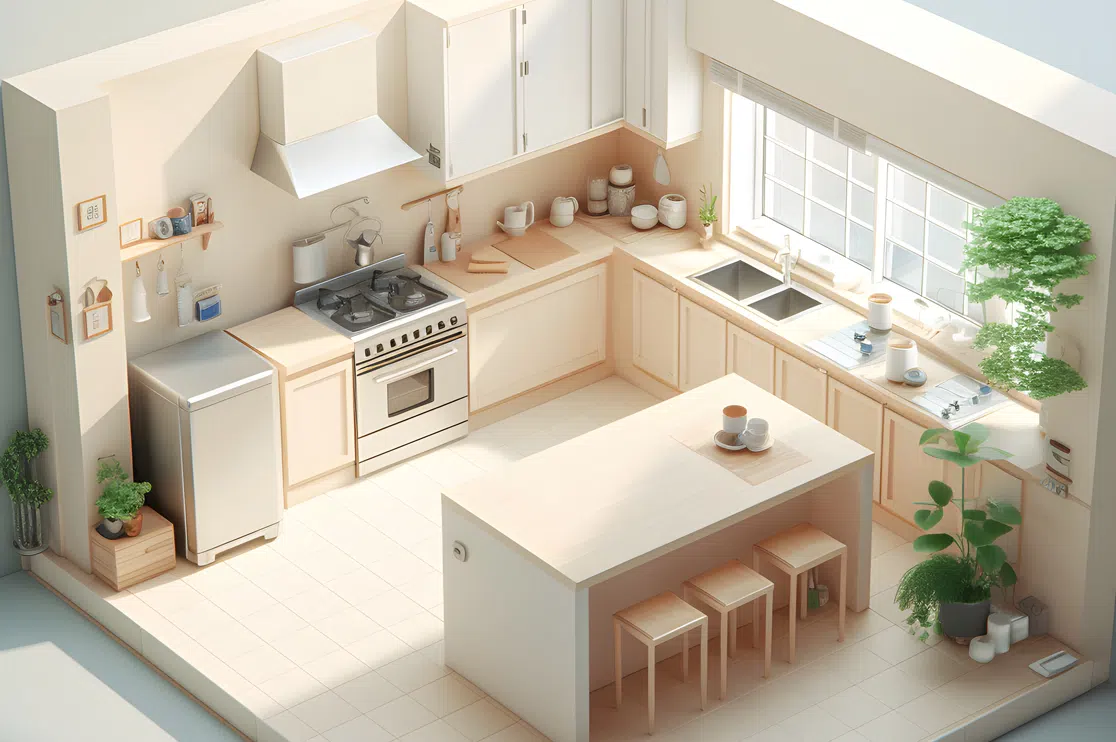 7 Stunning 3D Kitchen Design Ideas for a Perfect Remodel
7 Stunning 3D Kitchen Design Ideas for a Perfect Remodel 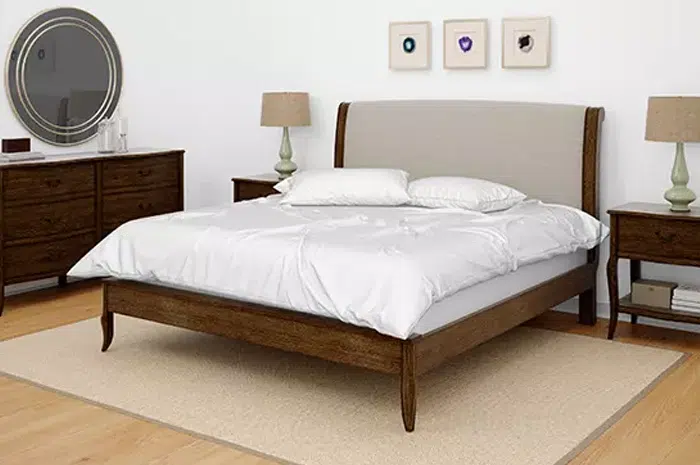 Shaker Style Furniture Trends and Key Elements Every Furniture Designer Should Know
Shaker Style Furniture Trends and Key Elements Every Furniture Designer Should Know